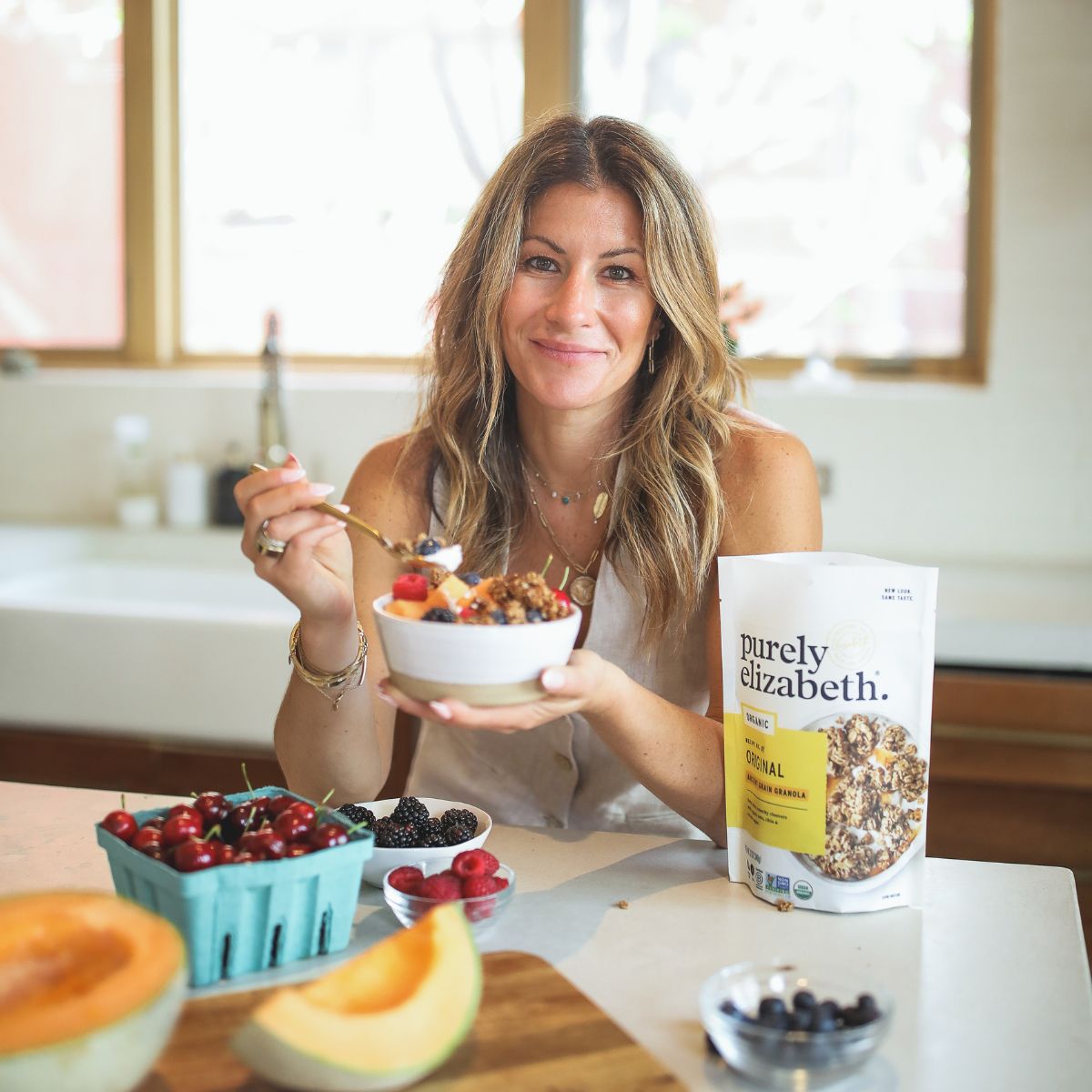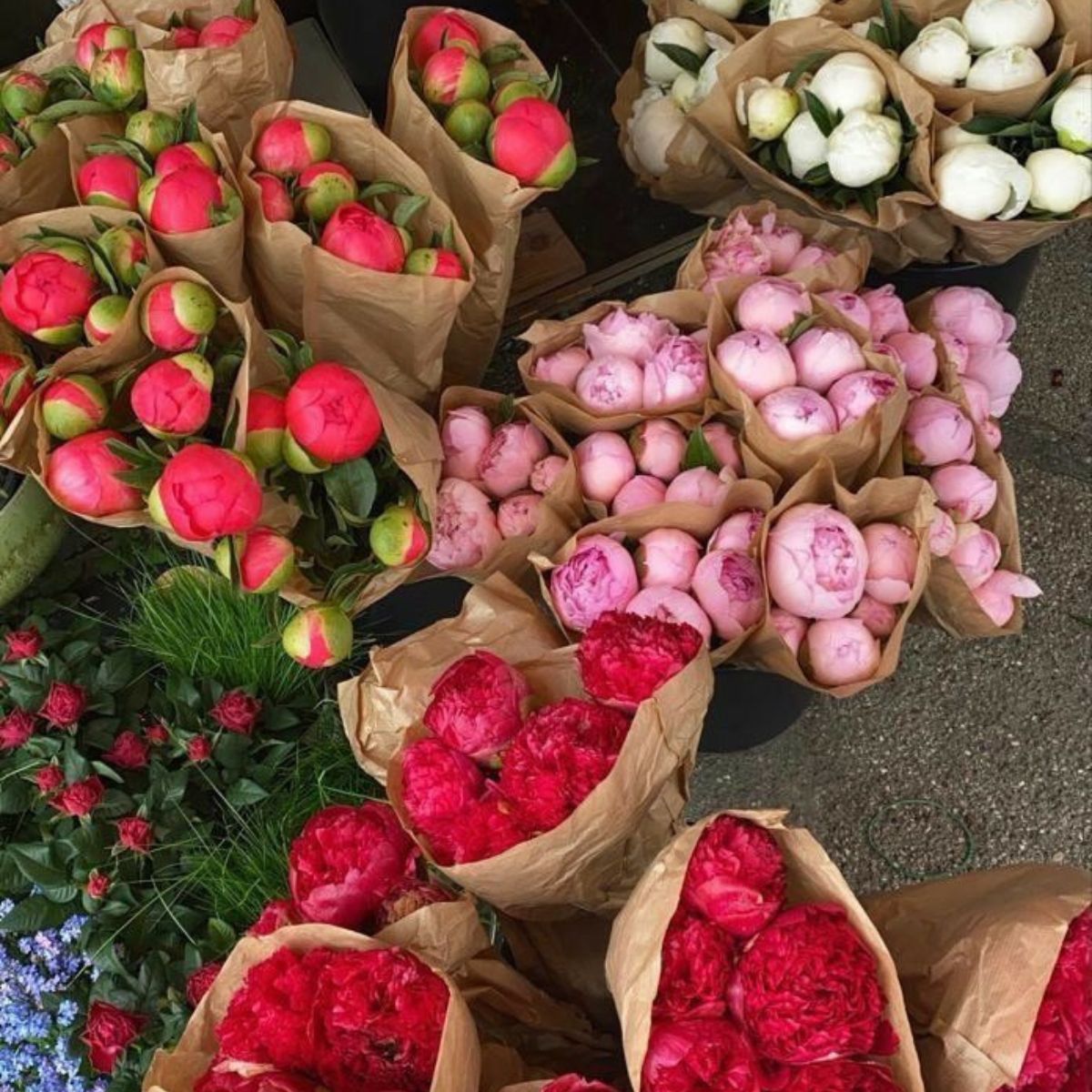In todays climate we hear a lot about sustainability, but have you heard of regenerative agriculture? It's more than just another buzzword or trend; it's a powerful approach to food production that has gained serious traction - and for good reason. But beyond the headlines, there's a lot you might not know. That's why we sat down with Greg, our Materials and Sustainability Analyst, to help us gain an understanding of what regenerative agriculture actually is and what it means for our health and for the health of the planet.
What is regenerative agriculture?
Regenerative agriculture is a holistic approach to farming that focuses on restoring and improving soil health, biodiversity, and ecosystem resilience while producing food. Unlike the status quo, conventional farming, regenerative agriculture emphasizes and integrates practices like cover cropping, crop rotation, reduced tillage, composting, and livestock rotation to enhance soil structure to boost soil structure, increase water retention, and capture carbon. Ultimately, regenerative agriculture seeks to work and improve the land over time.
What is the demand for regenerative agriculture?
Consumer demand for regenerative agriculture is growing, but awareness among general consumers is still low. Regenerative agriculture has been practiced since humans have farmed, but consumers are still unaware of what exactly "regenerative" means. There isn't a universal definition, because many brands and farmers define regenerative differently based on their specific practices and crops. Regenerative agriculture isn't a one-size-fits-all, practices must be adapted to the specific climate, soil types, and even farm size. It's equally important to not only support the transition to regenerative systems in our food system but to educate consumers on what regenerative ultimately means for them, their communities, and the health of the planet.

Why aren't there more farmers taking a regenerative agriculture approach?
Regenerative certification costs and time requirements can be a huge barrier for farmers. Many farmers have been using regenerative practices for decades, but the time and cost to officially certify can be a challenge. Therefore, it's important to develop those relationships with farmers to truly understand what practices they use to better understand the overall impact and benefit of those crops.
What are some misconceptions about regenerative agriculture?
How much U.S. farmland is currently being regeneratively farmed?
It's estimated that only about 1.5% of farmland in the United States is regeneratively farmed. Of the 900 million acres of arable acres, a small percentage of lands are regenerative, with many factors influencing the lack of widespread adoption, including skeptical views on the returns on investment, technical support, and expected yield declines. However, as the demand for crops and shifts in environmental conditions increase, adopting sustainable and resilient agricultural systems is necessary for future food systems. At Purely Elizabeth, our goal to source 1/3 of our ingredients by weight from regenerative practices gives our ingredient suppliers the confidence that our future demand for regenerative ingredients will increase. This information provides our trusted suppliers and farmers the confidence to plant and further regenerative agriculture. Farmers are the backbone of the food supply chain, and supporting them is paramount to making the shift towards more resilient and sustainable food systems.
X












